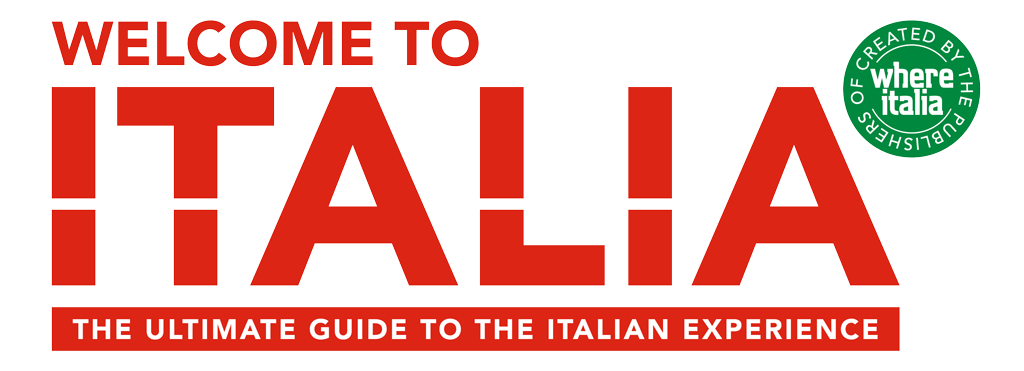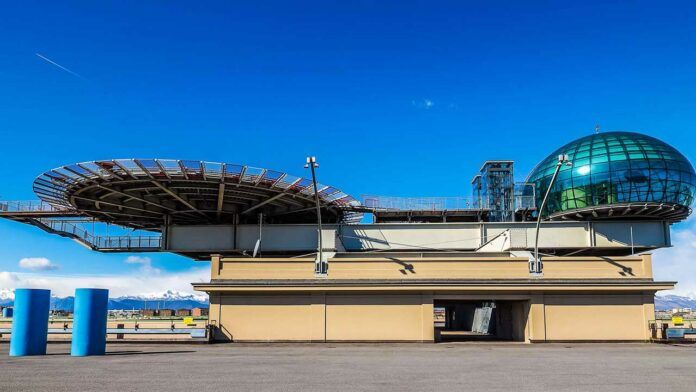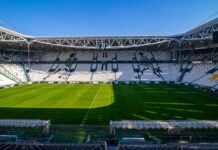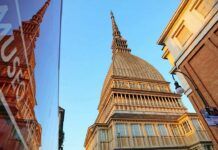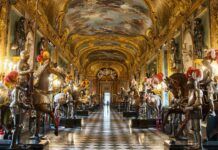There are two sides to the city of Turin. A regal, traditional and slightly introverted side, and another more underground, the innovative side where classic and contemporary art and architecture coexist and often merge. The Lingotto’s complex of buildings built in 1916, based on a project by Matté Trucco to house the FIAT factory (then FCA and now part of the Stellantis group), still symbolizes the wealth of the city.
The architectural transformation of the city in the 1970s laid the groundwork for the next development: new, avant-garde infrastructures built by archistars for the 2006 Winter Olympics. These included the Palasport by Arata Isozaki and Pier Paolo Maggiora, the Oval by Hok Sport and Studio Zoppini (hosting every year “Artissima”, the international fair of contemporary art), the Palavela by Gae Aulenti and Arnaldo De Bernardi, the covered market by Massimiliano Fuksas in Piazza della Repubblica, the University Hub for the Faculty of Humanities by Norman Foster and the new Porta Susa Station by Gruppo Arep.
The multi-functional Lingotto complex, redesigned by archistar Renzo Piano in the 1980s, and located in the Nizza Mirafiori district, is a symbol of Turin’s industrial past. Renzo Piano has designed a “coffin”, according to his definition, a fascinating structure suspended on the roof of the Lingotto. The historic FIAT factory, featuring a rooftop car test track, now hosts the Pinacoteca Giovanni e Marella Agnelli, a small art gallery boasting a rich permanent collection devoted to 18th, 19th and 20th-century works of art including paintings by Canaletto, Manet, Renoir and Matisse, plus two plaster statues by Canova.
Piano’s futuristic concept of the project blends harmoniously with the original structure of the old factory which, in its own right, was innovative for the times, establishing an interesting dialogue between the urban landscape and the surrounding scenery, with the Alps silhouetted in the background. The rooftop test track offers a breathtaking view over the city and leads to the bottom of the ‘Bolla’, a bubble-shaped glass and steel building located at the end of the track. The old Carpano plants, lying adjacent to the Lingotto complex, are now occupied by “Eataly”s’ vast food market and “Green Pea”, a new retail green park (inaugurated at the end of 2020).




